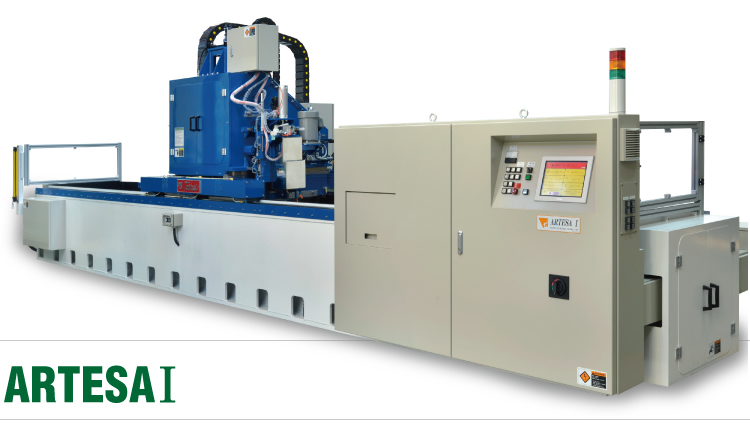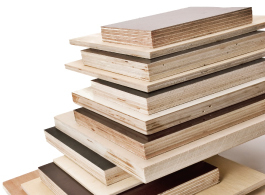
| Model V94-AC |
ARTESAI V94-AC High Speed, High Precision knife grinding machine |
||||||||
| The Taihei V94-AC knife grinder is mainly used for base grinding veneer knives. | |||||||||
|
|||||||||
|
|||||||||
| Straighter knives The ARTESA I has a high capacity coolant system that prevents frictional heating during grinding. This enables the machine to grind a knife with a straightness within 0.05mm (0.002 inches) over 2,750mm (9 feet). |
|||||||||
| Fully automatic operation By inputting the grinding pattern into the ARTESA I, the machine is capable of automating the entire grinding process. By using patterns, any operator can recreate knife angles consistently. |
|||||||||
| Possible to grind many kinds of knife The ARTESA I is not limited to grinding veneer knives. It is flexible enough to grind numerous types of knives including the chipper knife, clipper knife, composer knife and flaker knives among others. |
|||||||||
 |
||||||||||||||||||||||||||||||||||||||
| Veneer quality | ||||||||||||||||||||||||||||||||||||||
|
||||||||||||||||||||||||||||||||||||||
| Cost savings | ||||||||||||||||||||||||||||||||||||||
|
||||||||||||||||||||||||||||||||||||||


